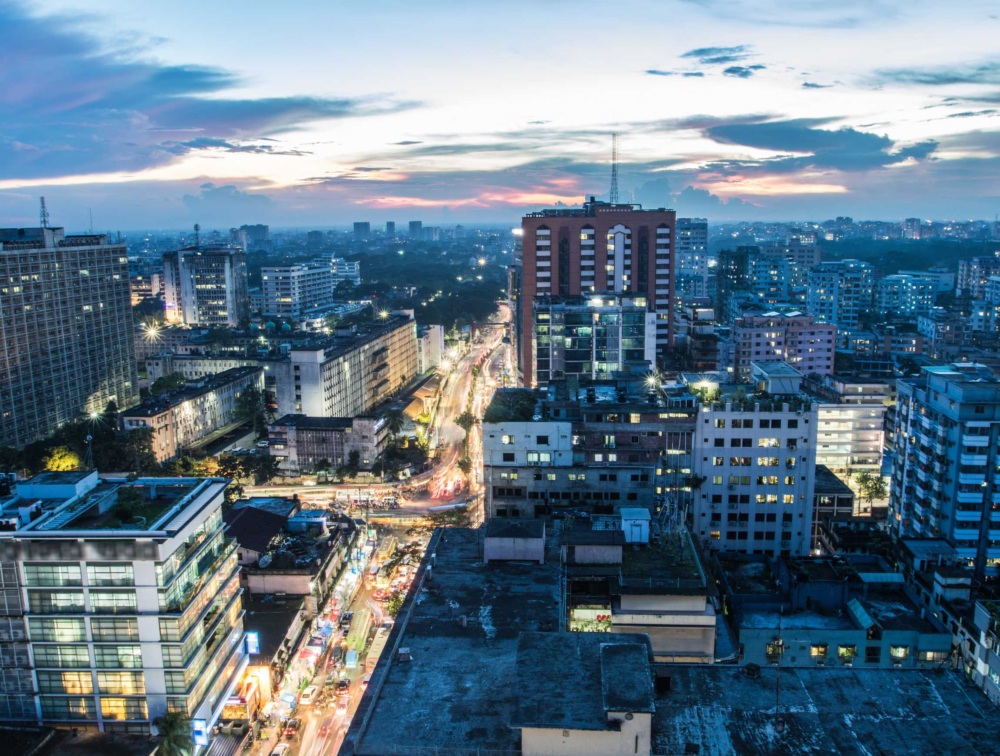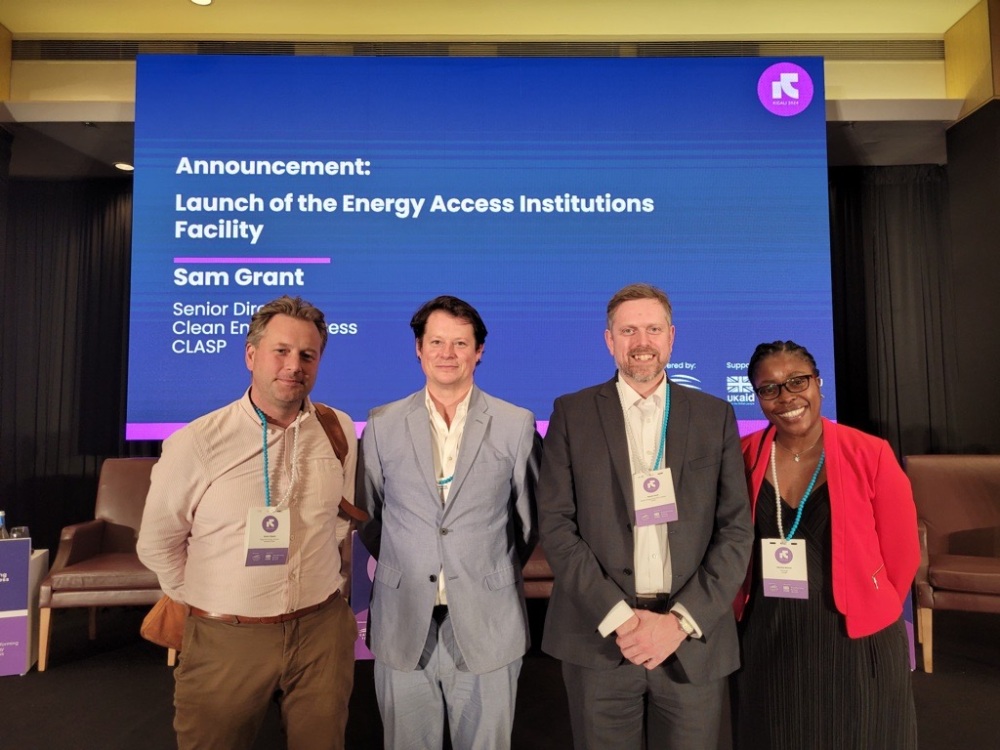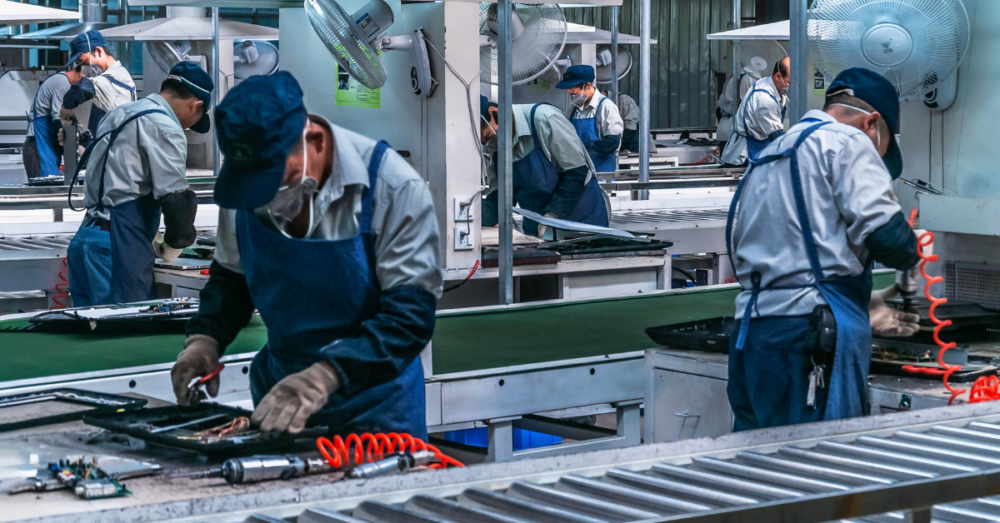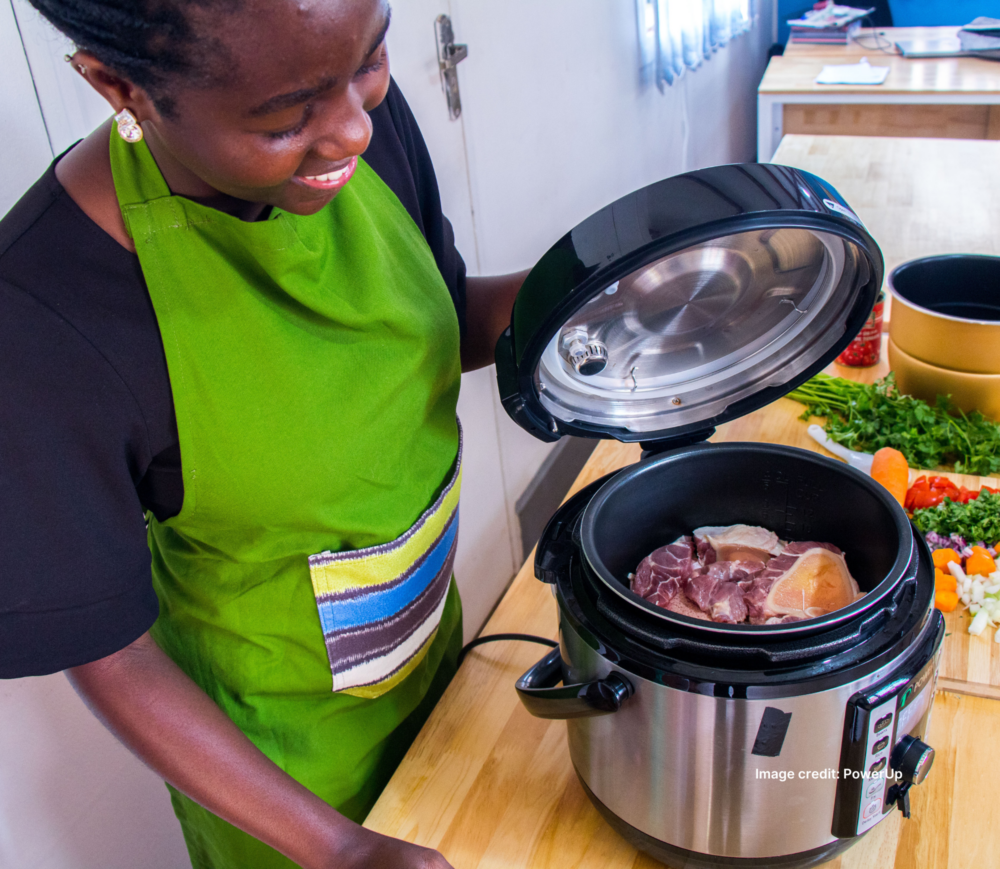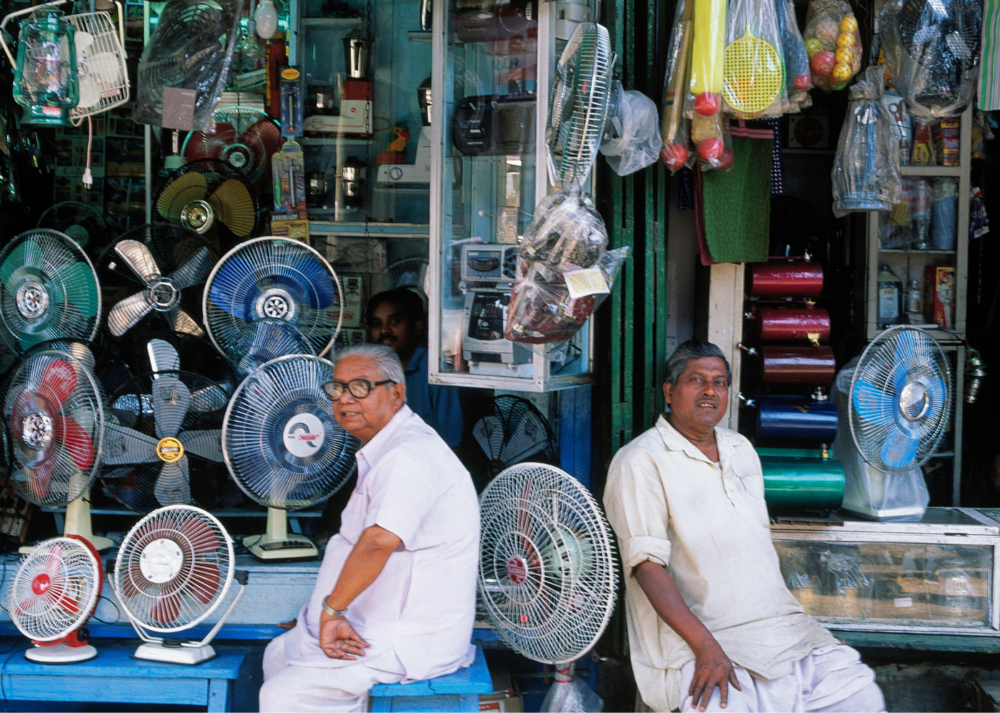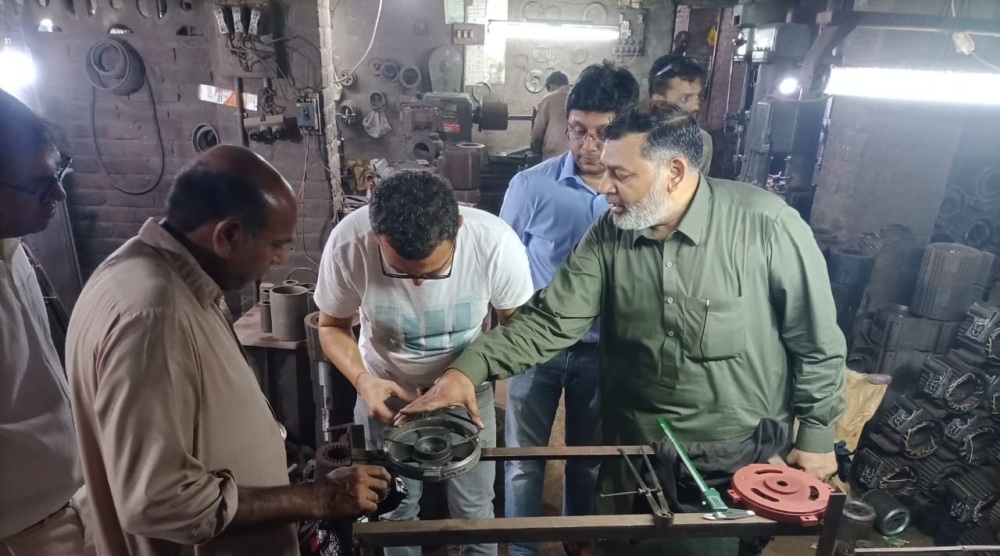Super Energy-Saving Devices Next for India
Home appliances that save as much as 50% more power than their most energy-efficient versions today could hit the markets in about a year under a government’s rewards plan for manufacturers. The Bureau of Energy Efficiency (BEE), an agency of the power ministry, is set to launch a “super efficient equipment program” to encourage manufacture of products that are 30-50% more efficient than five-star labeled goods, considered to be most energy efficient in the country.
This program seeks to promote domestic manufacturing of energy-efficient gadgets by reducing their cost through market incentives. “But for the initiative, such appliances would have come to India in about 10 years from now,” said BEE director general Ajay Mathur. The bureau, which is in the process of defining specifications for super-efficient refrigerators, air conditioners, television sets and other appliances, will kick off its initiative with companies making fans, Mathur said. It will seek quotations for expected incentives under an open bidding program and offer cash incentives for each fan to those who qualify. A super-efficient fan should consume just 25-30 watts per hour against 50 watts for a normal fan. He said all large ceiling fan manufacturers evinced interest in the scheme.
Consumer Electronics and Appliances Manufacturers Association president Y. V. Verma said, “There is certainly a market for super-energy efficient products in India as 90% of consumers today are opting for star-rated products. However, consumers may have to pay more.” He said a super-energy efficient air conditioner would be 3,000-4,000 costlier than an existing five-star labeled one. At present, BEE rates electrical appliances on a scale of 1 to 5, with higher star ratings implying more energy savings, or efficiency. Five-star labeled products are costlier by 2,000-3,000 than four-star labeled products, depending on the product and model.
The super-energy-appliances scheme is part of the government’s national mission on enhanced energy efficiency that seeks to achieve annual savings of 19,598 MW of power and 23 million tonnes of fuel and greenhouse gas emissions reduction of 98.55 million tonnes. The mission is one of the eight under the prime minister’s national action plan on climate change.
This article is taken from the Times of India e-paper.

